CNC Machining (Computer Numerical Control machining) refers to a manufacturing process where pre-programmed computer software controls the movement of machinery tools like drills, mills, lathes, and grinders. The key benefit of CNC machining is that it can produce high-precision parts with complex geometries, which would be difficult or impossible to create with manual tools.
CNC Machining in Innovaw
To meet customer requirement, Innovaw invested production line as well 15 years ago, currently there are more than 30 CNC machining centers including DMG Mori, Japan MAZAK and other brands, including CNC milling, turning, grinding, boring, drilling, tapping, reaming and other equipments. not just machining after casting and forging, but also machining directly from extrusion raw material.
Our CNC machining products cover automotive parts, transmission parts, parts used for medical equipment, aerospace, lighting fixtures, engineerng machinery, and other industries. machining size ranging from 10 * 20mm to the largest size of 1500 * 1000mm, the machining accuracy can reach 0.008μm, the surface roughness range between 3.2 μm Ra to 0.4 μm Ra. Depending on the complexity of the parts, the daily production capacity is about 1500-15000 parts.
In order to better provide one-stop service to our customers, Innovaw continues to maintain high investment in research and development in the field of CNC machining.
We will continue to introduce the industry's advanced CNC machining equipment.
We continue to improve the details of our CNC machining process in practice, pursuing every ounce of progress.
What Is CNC machining?
CNC Machining (Computer Numerical Control machining) refers to a manufacturing process where pre-programmed computer software controls the movement of machinery tools like drills, mills, lathes, and grinders. The key benefit of CNC machining is that it can produce high-precision parts with complex geometries, which would be difficult or impossible to create with manual tools.
1. Key Components
- CNC Machine: The machine itself is controlled by a computer system and uses various tools (drills, end mills, lathes, etc.) to cut and shape materials into the desired form.
- G-code: The instructions for the machine are typically written in G-code, which tells the CNC machine how to move, what speed to operate at, and what tools to use.
- CAD/CAM Software: Designers create a part using CAD (Computer-Aided Design) software, then generate tool paths with CAM (Computer-Aided Manufacturing) software, which converts the CAD design into a set of instructions for the CNC machine.
2. Types of CNC Machines
- CNC Milling Machines: Used to remove material from a workpiece using rotary cutters. The workpiece can move along multiple axes, allowing for complex shapes and detailed designs
- CNC Lathes: These are used for turning operations. The workpiece rotates while a stationary cutting tool shapes it, commonly used for round or cylindrical parts.
- CNC Routers: Similar to milling machines but typically used for larger parts or softer materials (like wood or plastic). They often have a larger working area.
- CNC EDM (Electrical Discharge Machining): This process uses electrical discharges (sparks) to remove material from the workpiece. It’s great for very hard materials and precise features.
- CNC Plasma and Laser Cutters: These are specialized for cutting thin materials (metal, plastics, etc.) using a focused beam of plasma or laser energy
3. Advantages of CNC Machining
- High Precision: CNC machines can achieve incredibly tight tolerances, often down to a few microns.
- Repeatability: Once a program is written, the CNC machine can produce identical parts with high consistency.
- Complexity: CNC machines can easily handle intricate designs and geometries, such as curved or 3D shapes, that would be difficult for manual machining.
- Efficiency: Automated machining reduces the time spent per part and minimizes human error.
- Flexibility: CNC machines can be reprogrammed for different tasks, making them versatile for low or high-volume production runs.
4. Materials Used
- Metals: Aluminum, steel, titanium, brass, and copper are common.
- Plastics: ABS, Nylon, PTFE (Teflon), and others.
- Composites: Carbon fiber, fiberglass, etc.
- Wood: In some cases, CNC routers can also machine wood for furniture making or prototypes.
5. Applications of CNC Machining
- Aerospace: Parts such as brackets, housings, and turbine components.
- Automotive: Engine blocks, transmission parts, and gears.
- Medical: Surgical instruments, implants, and prosthetics.
- Electronics: PCB components and heat sinks.
- Prototyping: Rapid prototyping for product development and design verification.
6. CNC Machining Process Steps
- Design: The part is designed using CAD software.
- Toolpath Generation: CAM software converts the CAD design into a toolpath, telling the CNC machine how to make the part.
- Programming: The toolpath is translated into G-code, which is the machine’s language.
- Machining: The CNC machine follows the programmed instructions, cutting and shaping the material.
- Post-Processing: After machining, parts may need finishing processes like polishing, coating, or assembly.
CNC Machining vs. Traditional Machining
- Speed and Automation: CNC machining is far more automated, while traditional machining often requires significant operator input.
- Precision and Complexity: CNC can achieve higher precision and handle more complex parts, while traditional methods may require more time for intricate features.
- Labor Costs: CNC machining can reduce labor costs because it’s more automated, whereas traditional machining requires skilled labor for setup and operation.
CNC machining is a cornerstone of modern manufacturing, providing high precision and versatility for producing a wide range of parts across industries. It has revolutionized the way we make everything from tiny, intricate components to large industrial parts.







.png)


.png) +86-574-83036520
+86-574-83036520 +86-574-83008051
+86-574-83008051 sales@innovaw.com
sales@innovaw.com

.png)

.png)
.png)
.png)

.png)
.png)
.png)
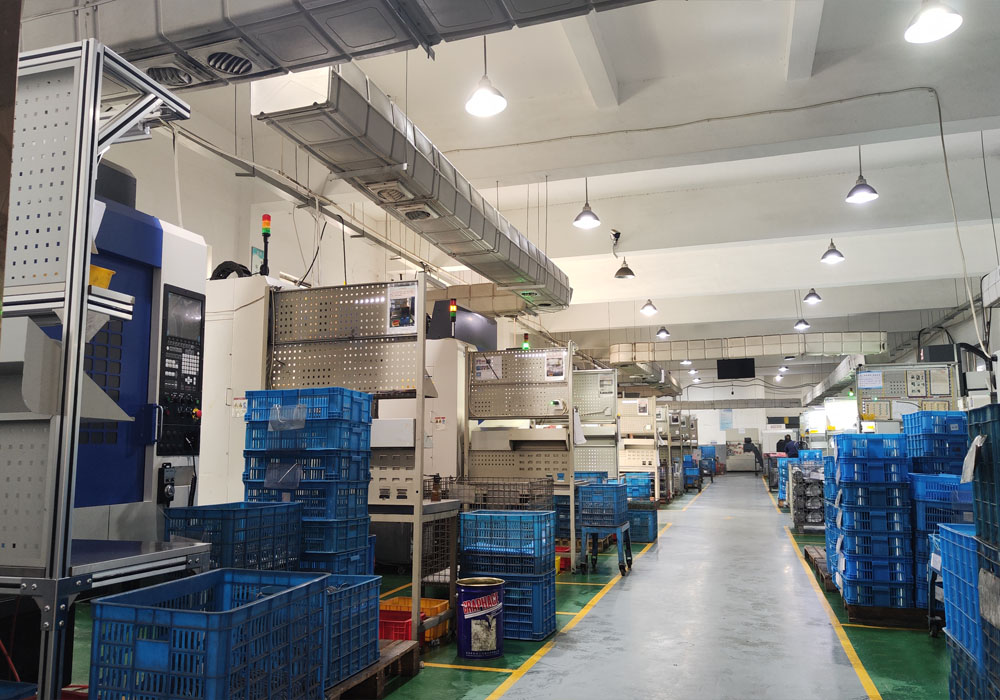
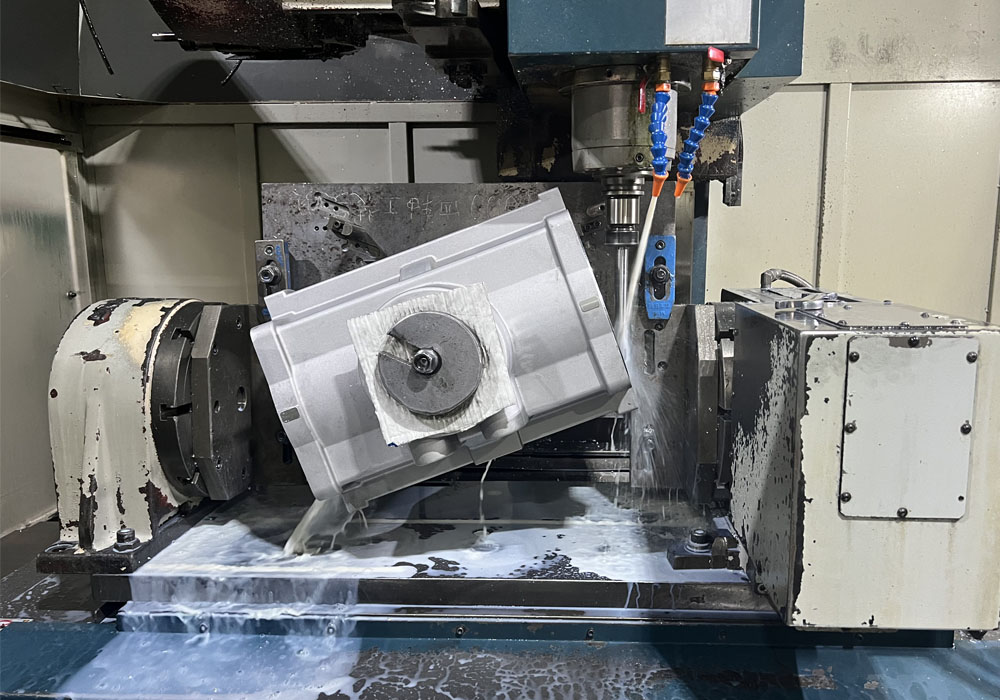
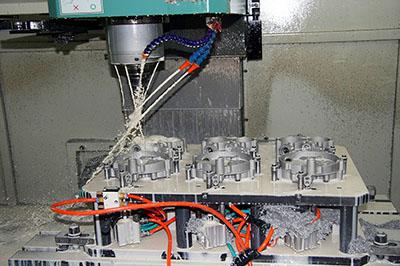
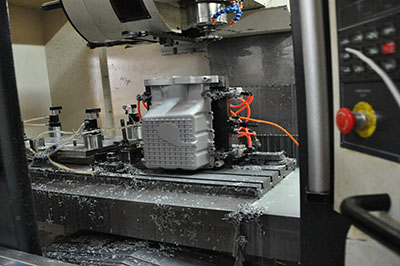
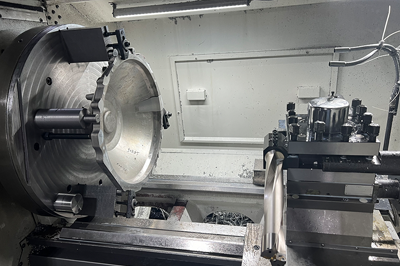
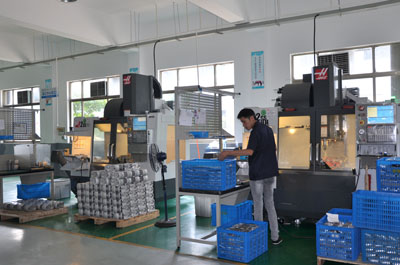
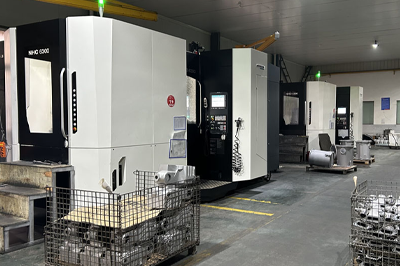
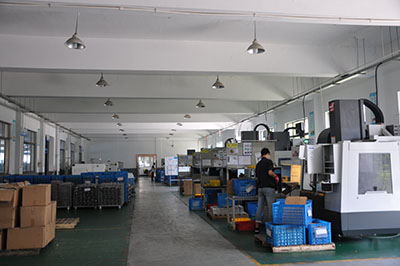





.png)

